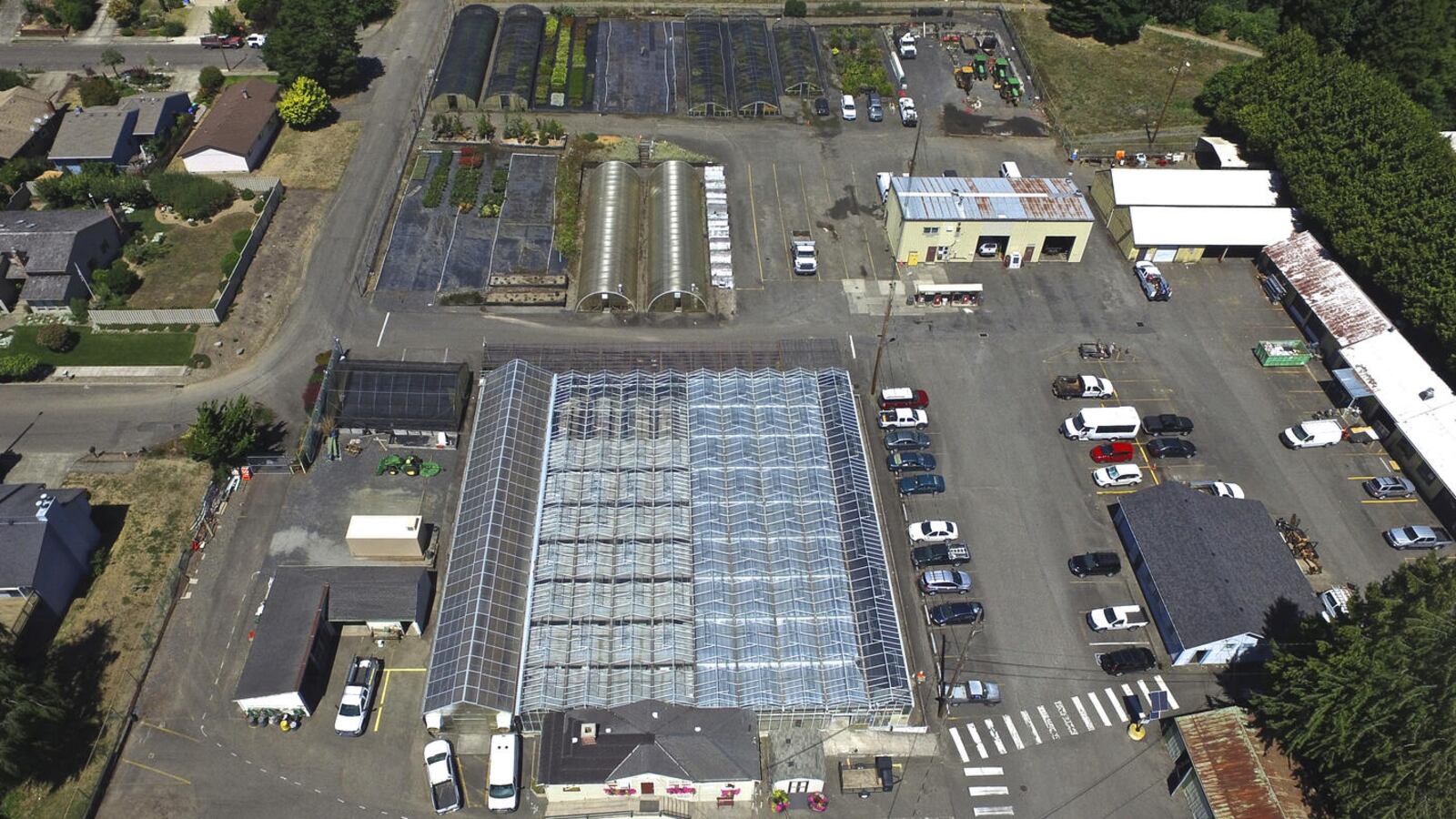Just one month after the city finished a $15.2 million renovation of the sprawling maintenance headquarters of Portland Parks & Recreation near Mount Tabor, city staff working inside spotted a problem: The water main that contractors had installed during the renovation was the wrong size and didn’t fit properly with the existing water pipes, which meant the building’s toilets wouldn’t flush properly.
Here’s what went wrong.
WHAT HAPPENED? Parks & Recreation spokesman Mark Ross says contractors paid to install water piping in the new building were given blueprints that indicated the existing water main the new piping would need to connect to was 2 inches in diameter. In fact, the existing main was 1¼ inches wide. In the plumbing world, that’s a colossal difference.
In December 2024, when parks bureau staff began using the newly renovated building, it quickly became clear that the water pressure was too light. Most notably: Toilets wouldn’t flush.
Electrical staff with the parks bureau dug up the asphalt covering the piping and realized the pipe sizes were incongruous.
WHAT’S THE COST OF THE FIX? $30,000. And that doesn’t count the cost of the broken asphalt that will have to be replaced.
The amount is a drop in the bucket compared with the other maintenance bills the city faces. The parks bureau has $600 million (and growing) in deferred maintenance and is seeking to double the city’s Parks Levy this year.
But this particular problem was entirely avoidable.
WHO’S TO BLAME? Ross says the parks bureau provided blueprints to the contractors that had been drawn by city staff sometime between 1960 and 1980. Those blueprints incorrectly stated the existing water pipe was 2 inches wide. Based on those renderings, the subcontractor for J.W. Fowler installed 2-inch piping.
Since it was the city’s fault, the parks bureau had to bear the cost of its own mistake. It dug up the old piping and laid down new 2-inch piping.
“As J.W. Fowler’s subcontractor had done the work they were asked to do, based on ‘as-built’ plans that ended up not being accurate,” says parks spokesman Tim Collier, “this was not an issue covered by warranties.”

